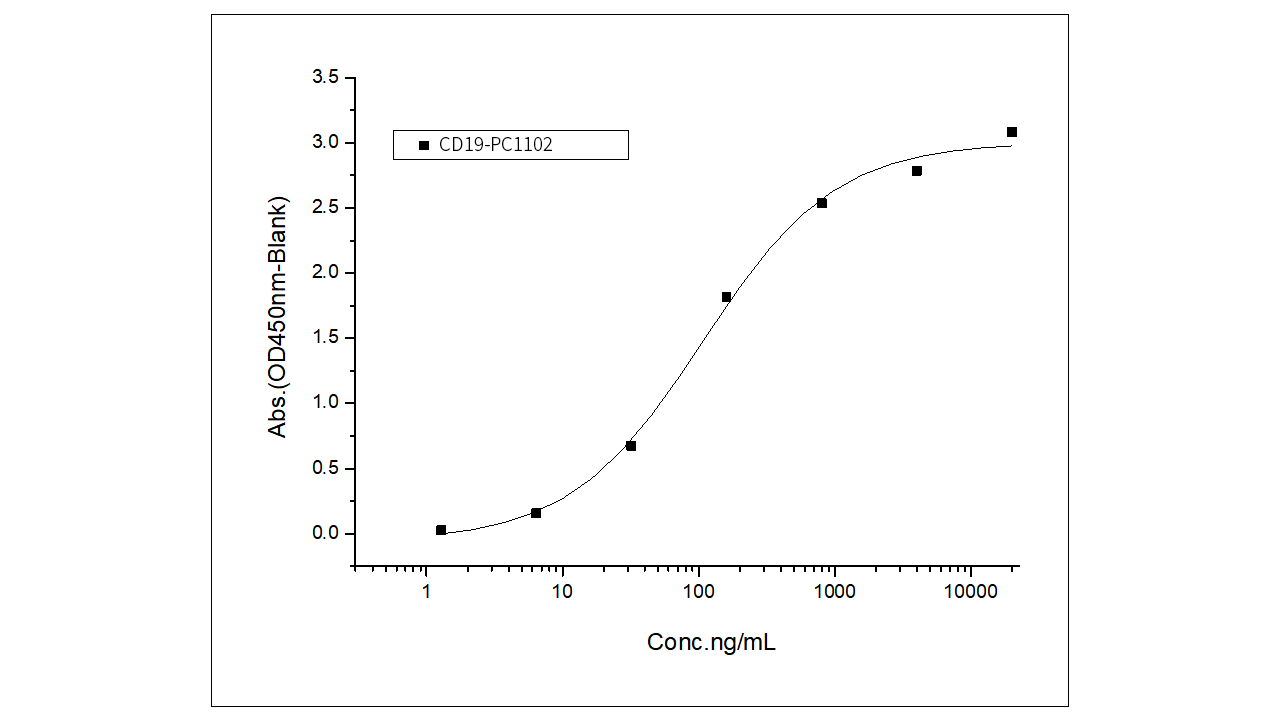The cluster of differentiation (CD)
system is commonly used as cell markers in Immunophenotyping. Different
kinds of cells in the immune system can be identified through the
surface CD molecules associating with the immune function of the cell.
There are more than 320 CD unique clusters and subclusters have been
identified. Some of the CD molecules serve as receptors or ligands
important to the cell through initiating a signal cascade which then
alter the behavior of the cell. Some CD proteins do not take part in
cell signal process but have other functions such as cell adhesion.
Cluster of differentiation 19 (CD19) is a member of CD system. CD19 is a
cell surface molecule that assembles with the antigen receptor of
B-cells. This results in a descent in the threshold for antigen
receptor-dependent stimulation. A simplified view holds that the ability
of B-cells to respond to the various antigens in a specific and
sensitive manner is achieved in the presence of low-affinity antigen
receptors. CD19 primarily acts as a B-cell co-receptor in conjunction
with CD21 and CD81. The formation of the receptor complex is induced by
antigen and CD19, induced by exogenous antigen, has been found
cytoplasmic tail phosphorylated and bind to sIg.
参考文献
Zola H, et al. (2007) CD molecules 2006-human cell differentiation molecules. J Immunol Methods. 318 (1-2): 1-5.
Ho IC, et al. (2009)
GATA3 and the T-cell lineage: essential functions before and after
T-helper-2-cell differentiation. Nat Rev Immunol. 9 (2): 125-35.
Matesanz-Isabel J, et al. (2011) New B-cell CD molecules. Immunology Letters.134 (2): 104-12.
Carter RH, et al. (1992) CD19: lowering the threshold for antigen receptor stimulation of B lymphocytes. Science. 256 (5053): 105-7.









